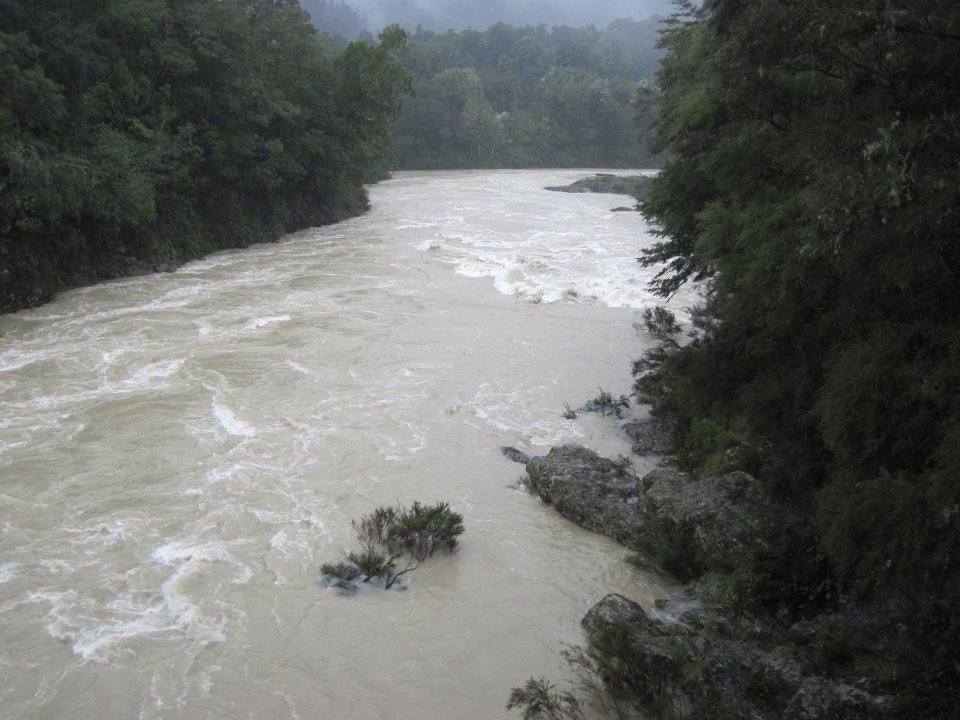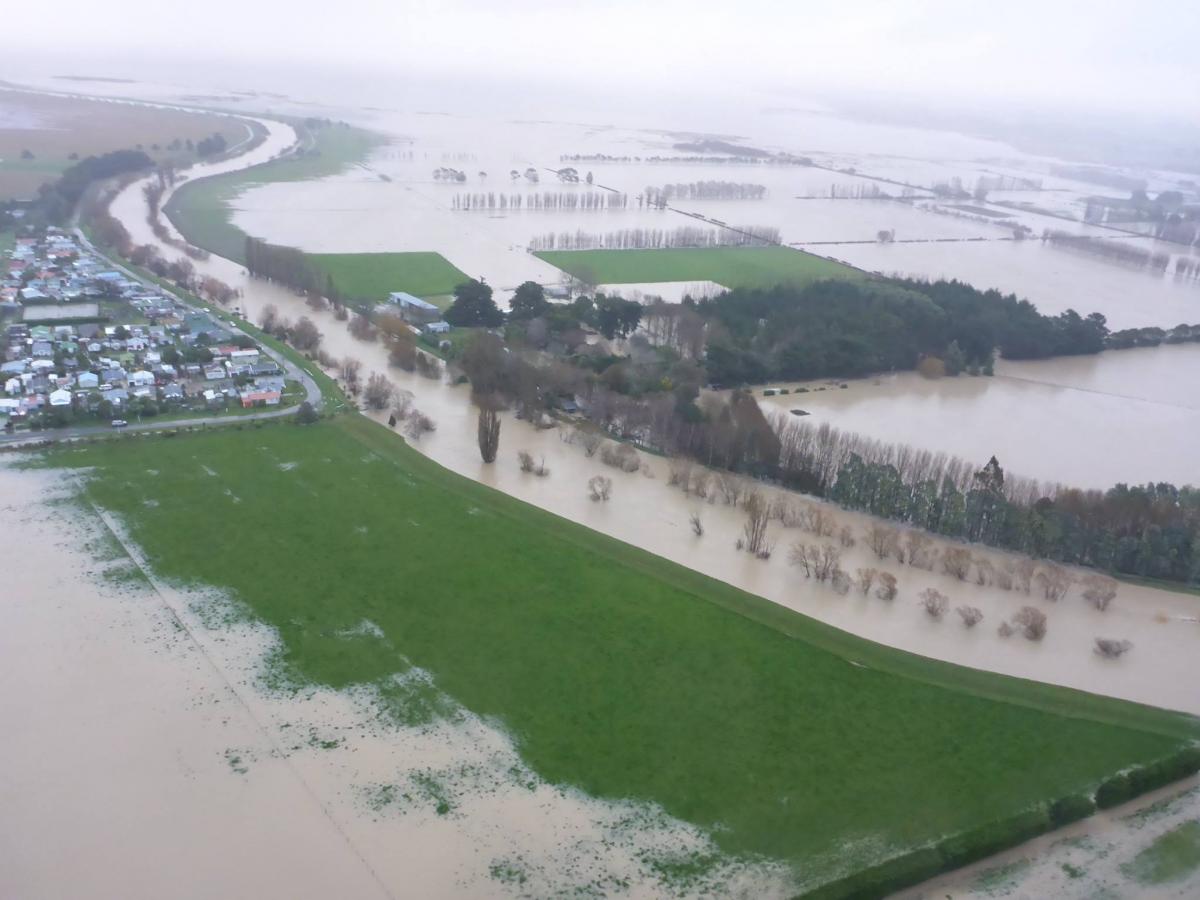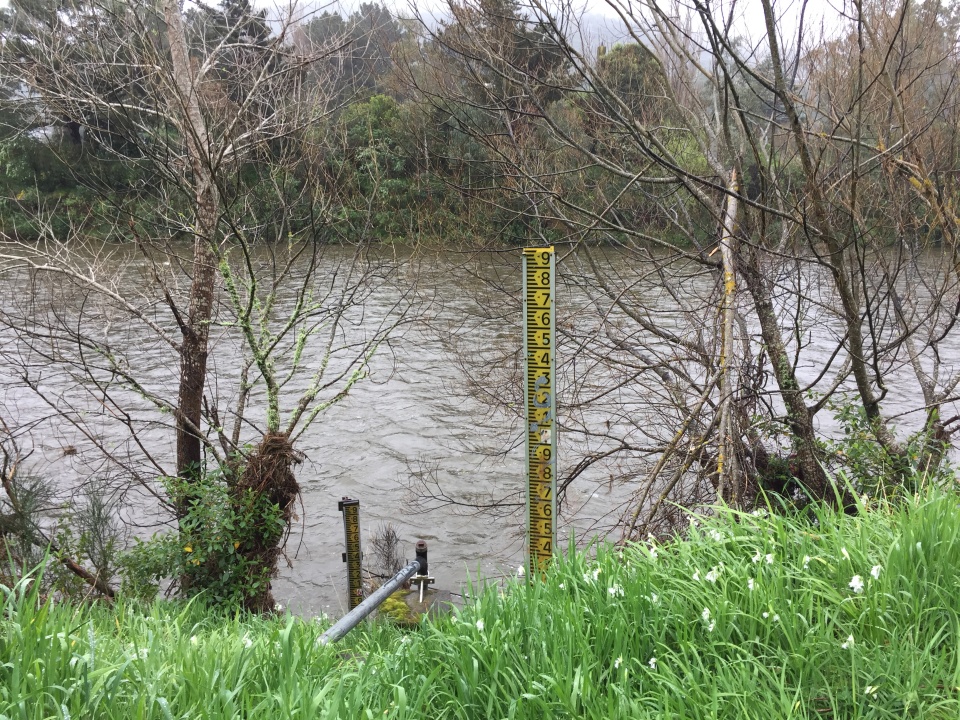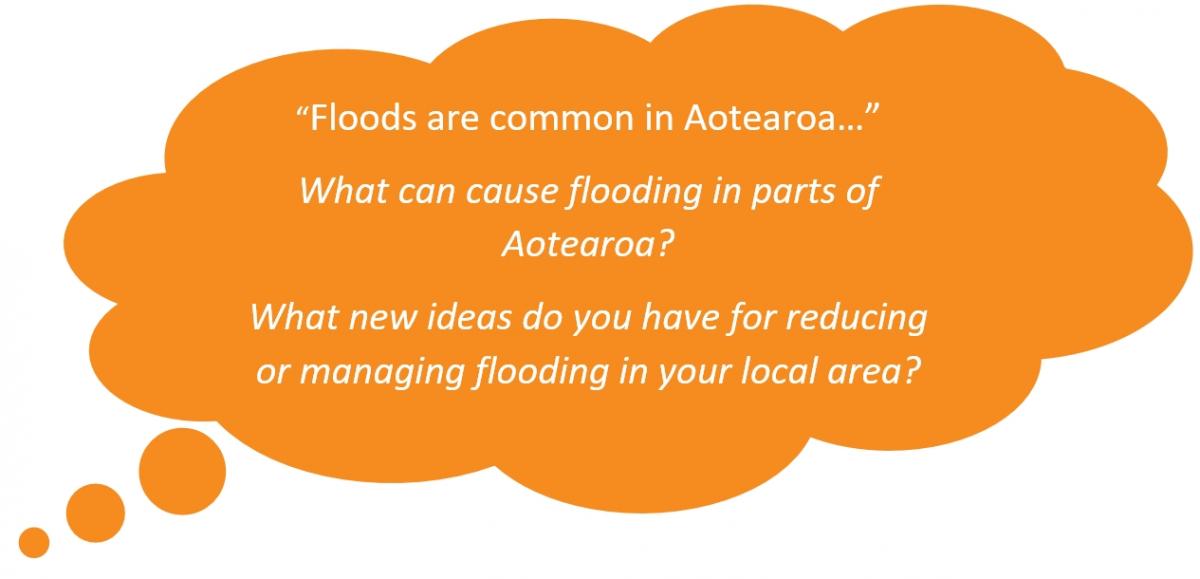You can contact LEARNZ, part of CORE Education, at:
Postal Address:
PO Box 13 678,
Christchurch 8141,
New Zealand

Floods are New Zealand’s number one hazard in terms of how often they happen, the losses they cause and the number of declared civil defence emergencies.
Floods can cause injury and loss of life to people and animals. Be prepared for fast-flowing water filled with debris, which can sweep people and animals away. Floodwater can even be strong enough to pick up vehicles.
Floodwaters can damage buildings, land and infrastructure, including roads, bridges, power lines and phone lines. Crops can be flooded and livestock drowned. Floodwater can contaminate water and land.
After a major flood there will be a lot of damage and pollution to clean up. It may take months or years to recover.
Floods are usually caused by heavy or long periods of rainfall but can also occur due to landslides triggered by heavy rainfall or earthquakes, failure of dams, high sea levels at river mouths, coastal storm inundation and tsunami.

We experience different types of flooding in Aotearoa.
Normal rainfall soaks into the soil, is taken up by trees and plants, and runs off the land to form our streams and rivers. Floods happen when there is too much water and the run-off is too much to be carried by the rivers.
During heavy rain, rivers can overflow their banks into the floodplain. A floodplain is the flat section next to a river, and these can flood quite regularly.
When rain falls faster than it can drain away, we get surface flooding.
Surface flooding happens when heavy rain falls either in a small area or in an urban area with lots of hard surfaces that stop rainwater from soaking into the ground.
Surface flooding can happen very quickly, but usually doesn’t last very long.
Periods of unusually high rainfall can cause water to rise out of the ground.
Groundwater flooding can bubble up outside and start flowing along the surface, and can also rise up directly into homes.

 Storm surge
Storm surgeStorm surges are produced when high winds push water onshore. They can cause beach erosion and threaten life and property.
Storm surges can happen at large lakes, but are most common at the coast, where severe weather can cause extreme tides.
Complete the Floods quiz.
> Discover more about weather and severe weather events.